Home>diy>Building & Construction>What Constitutes A Commercial Construction Project
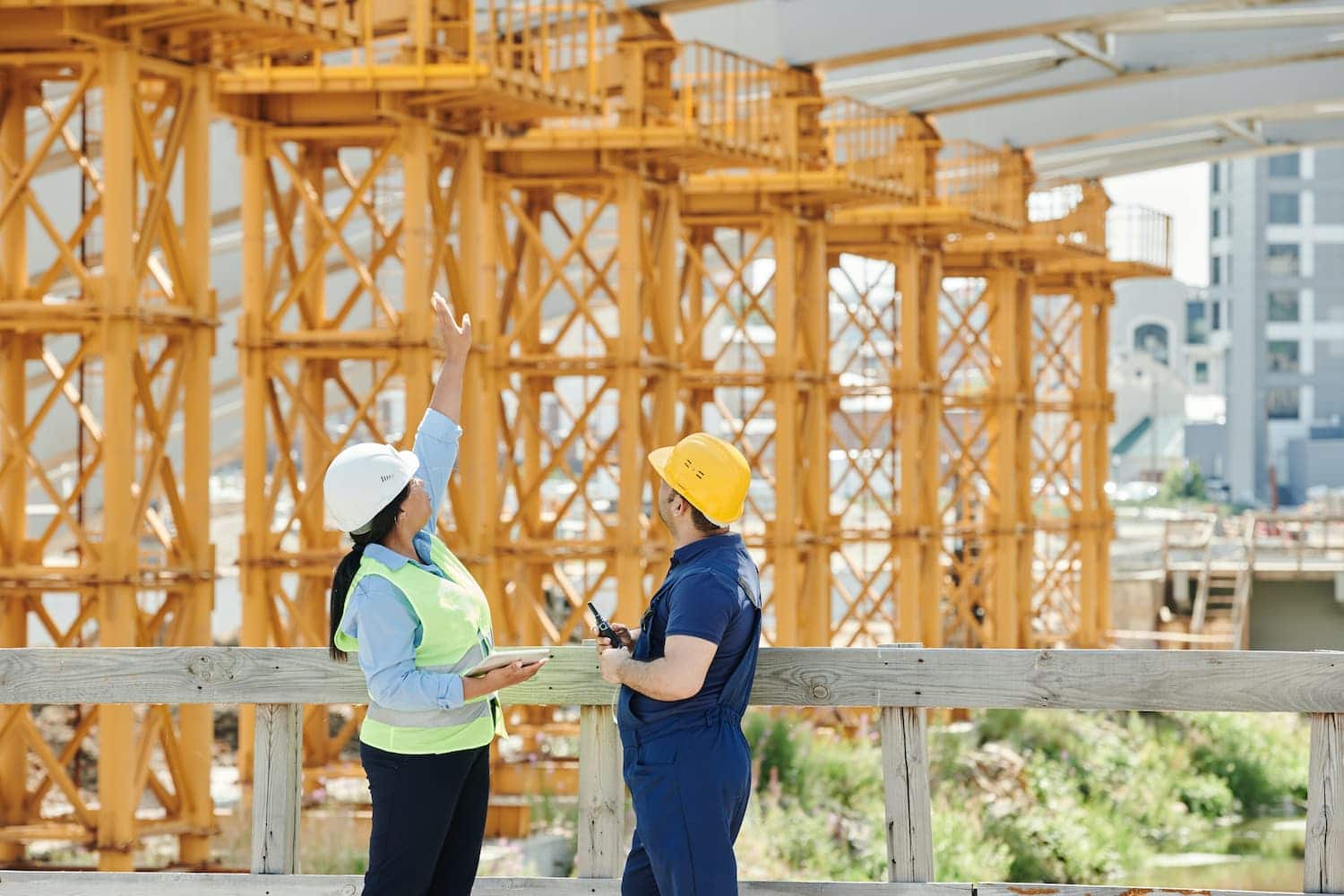

Building & Construction
What Constitutes A Commercial Construction Project
Modified: January 9, 2024
Discover what is considered as commercial construction and learn about building-construction in this informative guide. Gain insights into the key aspects and regulations involved.
(Many of the links in this article redirect to a specific reviewed product. Your purchase of these products through affiliate links helps to generate commission for Storables.com, at no extra cost. Learn more)
Introduction
Commercial construction plays a crucial role in shaping our cities and communities. From towering office buildings and shopping centers to hotels and hospitals, commercial construction projects are responsible for creating the infrastructure that supports businesses and meets the needs of a growing population.
But what exactly is considered commercial construction? In this article, we will explore the definition of commercial construction, delve into the process, stakeholders, regulations, challenges, benefits, and trends associated with this dynamic industry.
Commercial construction refers to the planning, designing, and building of structures that are intended for commercial use. These structures are primarily meant to facilitate business activities, such as retail, office, or entertainment purposes, rather than being used for residential purposes.
Commercial construction projects can vary greatly in size and complexity. They can range from modest storefront renovations to large-scale developments, including high-rise buildings and mixed-use complexes. Regardless of the project size, commercial construction requires careful planning, coordination, and expertise to ensure the successful completion of the project.
In the following sections, we will explore the different types of commercial construction, the process involved in bringing these projects to life, the key stakeholders who contribute to their success, the regulations and permits that govern commercial construction, the challenges faced by industry professionals, the benefits of investing in commercial construction, and the latest trends shaping the industry.
Whether you are considering embarking on a commercial construction project or simply interested in learning more about this thriving sector, this article will provide you with valuable insights into the world of commercial construction.
Key Takeaways:
- Commercial construction encompasses a wide range of building types, from office buildings to healthcare facilities, and plays a crucial role in driving economic growth, creating jobs, and enhancing infrastructure for businesses and communities.
- The commercial construction industry is evolving with trends such as sustainability, technological integration, and wellness-focused design, shaping the future of construction and creating innovative, efficient, and resilient commercial spaces.
Read more: What Is A Commercial Construction Loan
Definition of Commercial Construction
Commercial construction refers to the process of constructing buildings and structures that are intended for commercial purposes. These structures are designed and built to facilitate business activities rather than being used for residential purposes.
Commercial construction projects encompass a wide range of building types, including office buildings, retail centers, hotels, warehouses, restaurants, hospitals, and educational institutions. The scope of commercial construction can also include the renovation, expansion, or remodeling of existing commercial structures.
What sets commercial construction apart from residential construction is the specific requirements and considerations that come into play. Commercial buildings need to comply with various regulations, codes, and standards that ensure safety, accessibility, and efficiency for both employees and customers.
In addition to meeting regulatory requirements, commercial construction projects also focus on incorporating features that enhance functionality and aesthetics. This can include features like advanced HVAC systems, energy-efficient lighting, state-of-the-art security systems, and modern interior design elements.
Commercial construction projects are typically carried out by experienced construction companies that specialize in this type of work. These companies have the expertise, resources, and equipment necessary to handle the complexities associated with commercial construction, including project management, architectural design, engineering, and construction supervision.
Overall, commercial construction plays a vital role in providing the infrastructure necessary for businesses to thrive. By creating functional and appealing structures, commercial construction projects contribute to economic growth, job creation, and the improvement of communities.
Types of Commercial Construction
Commercial construction encompasses a diverse range of building types, each serving a specific purpose based on the needs of businesses and the community. Here are some of the most common types of commercial construction:
- Office Buildings: Office buildings are designed to accommodate businesses, providing workspace for employees and infrastructure for operations. They can range from small office complexes to large corporate headquarters, often featuring open floor plans, conference rooms, and support facilities.
- Retail Centers: Retail centers, also known as shopping centers or malls, are commercial spaces that house multiple retail stores, restaurants, and entertainment venues. These structures often feature a mix of anchor tenants, boutique shops, and common areas for shoppers to navigate and relax.
- Hotels and Hospitality: Hotels and other hospitality facilities are designed to provide accommodation, dining options, and amenities for travelers. They can range from small boutique hotels to large resort complexes, often featuring a combination of guest rooms, conference spaces, restaurants, and recreational facilities.
- Restaurants and Cafes: Restaurants and cafes are dedicated spaces for dining and food service. These structures can vary in size and style, from small neighborhood cafes to large restaurants with multiple seating areas, commercial kitchens, and outdoor dining spaces.
- Warehouses and Industrial Facilities: Warehouses and industrial facilities are designed for the storage, distribution, and production of goods. These structures often feature large open spaces, loading docks, high ceilings, and specialized infrastructure for handling inventory and equipment.
- Hospitals and Healthcare Facilities: Hospitals and healthcare facilities are designed to provide medical services and care to patients. These structures often include various departments, such as emergency rooms, operating theaters, patient wards, and diagnostic facilities.
- Educational Institutions: Educational institutions, such as schools and universities, require specific buildings that support learning and research. These structures can range from classrooms and libraries to laboratories and sports facilities.
These are just a few examples of the types of commercial construction projects. Each building type has its own unique requirements and considerations, requiring experienced professionals to design and construct them efficiently and safely.
Commercial Construction Process
The commercial construction process involves several stages that ensure the successful planning, designing, and building of a commercial structure. While the specific steps may vary depending on the project complexity and local regulations, here is a general overview of the commercial construction process:
- Project Initiation: The commercial construction process begins with project initiation, where the need for a new structure or renovation is determined. This initial phase involves conducting feasibility studies, assessing the project’s viability, and determining the budget and timeline.
- Design and Planning: Once the project is deemed feasible, the next step is the design and planning phase. This involves working with architects, engineers, and other professionals to create detailed plans, including blueprints, 3D models, and specifications for the construction.
- Obtaining Permits and Approvals: Before construction can commence, it is essential to obtain the necessary permits and approvals from local authorities. These may include building permits, zoning approvals, environmental clearances, and other regulatory requirements.
- Site Preparation: Site preparation involves clearing and leveling the construction area, ensuring it is ready for construction activities. This includes removing any existing structures, excavation, grading the land, and installing temporary utilities like electricity and water supply.
- Foundation Construction: The foundation is the base of the structure and is crucial for the building’s stability. In this phase, the foundation is built, usually involving excavation, pouring concrete, and constructing footings, walls, and slabs.
- Superstructure Construction: Once the foundation is in place, the superstructure construction begins. This includes erecting the structural framework, walls, floors, and roof of the building. The materials used can vary, including steel, concrete, or a combination of both.
- Interior and Exterior Finishes: After the building’s structure is complete, attention is turned to the interior and exterior finishes. This stage involves installing electrical and plumbing systems, insulation, walls, flooring, doors, windows, and finishing touches like painting and landscaping.
- System Installation: Commercial buildings require various systems to function efficiently. This includes installing HVAC (heating, ventilation, and air conditioning) systems, fire protection systems, security systems, and other specialized equipment specific to the project’s requirements.
- Final Inspections and Testing: Before occupancy, the completed building undergoes thorough inspections to ensure compliance with building codes, safety regulations, and quality standards. This includes inspections of electrical systems, plumbing, fire safety, and structural integrity.
- Completion and Handover: Once all inspections are successfully completed, the commercial construction project reaches completion. The client and construction team perform a final walkthrough to ensure satisfaction with the finished structure. The building is then handed over to the client for occupancy and use.
The commercial construction process is complex and requires collaboration among various professionals, including architects, engineers, contractors, subcontractors, and project managers. Effective communication and coordination between these stakeholders are vital to ensuring project success.
Throughout the construction process, it’s important to adhere to project schedules, manage costs, and maintain a focus on quality and safety. By following a well-defined construction process, commercial projects can be completed efficiently, meeting the needs of businesses and providing valuable assets to communities.</p
Key stakeholders in Commercial Construction
Commercial construction projects involve the collaboration and coordination of various stakeholders who play crucial roles in ensuring the successful completion of the project. These stakeholders bring their expertise, resources, and guidance to the table, each contributing a unique perspective and contributing to the overall success of the construction endeavor. Some of the key stakeholders in commercial construction include:
- Client: The client is the individual or organization that initiates and provides the vision for the commercial construction project. They outline their requirements, budgetary constraints, and desired outcomes. The client works closely with other stakeholders to ensure their project objectives are met.
- Architect: Architects are responsible for designing the commercial structure, taking into consideration the client’s vision, functional needs, and aesthetic preferences. They create detailed plans, blueprints, and specifications for the construction project, ensuring compliance with building codes and regulations.
- Engineers: Engineers are involved in commercial construction projects to provide specialized knowledge and expertise in structural, mechanical, electrical, and plumbing systems. They work closely with architects and contractors to ensure the building’s design is technically feasible and meets safety standards.
- General Contractor: The general contractor is responsible for overseeing and managing the commercial construction project. They coordinate all aspects of the construction process, including hiring subcontractors, obtaining permits, managing the schedule, and ensuring quality and safety standards are met.
- Subcontractors: Subcontractors are specialized contractors hired by the general contractor to carry out specific tasks in the construction project. This can include electrical work, plumbing, HVAC installation, roofing, and more. They bring their expertise to the project and work under the direction of the general contractor.
- Suppliers: Suppliers provide the necessary materials, equipment, and products required for the commercial construction project. They ensure timely delivery of quality materials and play a vital role in maintaining the project’s schedule and budget.
- Project Manager: The project manager acts as the intermediary between the client, architects, engineers, general contractor, subcontractors, and other stakeholders. They oversee the day-to-day operations, manage project finances, monitor progress, and ensure effective communication among all parties involved.
- Inspectors and Regulators: Inspectors and regulators are responsible for ensuring compliance with building codes, regulations, and safety standards. They conduct inspections throughout the construction process to review the quality of workmanship, adherence to guidelines, and address any deficiencies.
- Community and Local Authorities: The community and local authorities also play a role in commercial construction projects. They may have zoning and planning requirements that need to be met, and they provide input and approval for any changes and additions to the area’s infrastructure.
The collaboration and coordination among these key stakeholders are essential for the successful execution of commercial construction projects. When they work together effectively, they ensure that the project meets the client’s requirements, is completed within budget and schedule, and adheres to quality and safety standards.
Commercial construction refers to the building of structures and facilities for commercial use, such as office buildings, retail stores, and restaurants. It involves a different set of regulations and requirements compared to residential construction.
Read more: What Constitutes Tableware?
Regulations and Permits in Commercial Construction
Commercial construction is subject to a wide range of regulations and permits that aim to ensure the safety, efficiency, and compliance of the building process. These regulations and permits vary depending on the location and the specific requirements of the project. Understanding and adhering to these regulations is crucial for a successful commercial construction project. Here are some of the key regulations and permits involved in commercial construction:
- Building Codes: Building codes are a set of regulations that specify the minimum standards for the design, construction, and occupancy of buildings. These codes are enforced by local building departments and cover various aspects such as structural integrity, fire safety, accessibility, electrical systems, plumbing, and mechanical systems.
- Zoning Regulations: Zoning regulations determine how properties can be used and what type of structures can be built in specific areas. These regulations help ensure that commercial construction projects are in line with the overall plan for the community, including considerations such as land use, building height restrictions, setback requirements, and parking regulations.
- Environmental Regulations: Environmental regulations govern the impact of commercial construction projects on the environment. This can include regulations for waste management, hazardous materials handling, noise pollution, water conservation, and protection of natural resources.
- Permits: Various permits must be obtained throughout the commercial construction process. These permits confirm that the project meets specific requirements and regulations. Examples of permits include building permits, electrical permits, plumbing permits, and mechanical permits. Each permit requires an application process, documentation, inspections, and the payment of fees.
- Occupancy Permits: Before a commercial structure can be occupied and used, an occupancy permit must be obtained. This permit verifies that the building and its systems meet all applicable codes and regulations and are deemed safe for occupancy.
- Fire Safety Regulations: Fire safety regulations are designed to protect occupants and properties from the risk of fire hazards. These regulations govern the installation and maintenance of fire alarms, sprinkler systems, fire escapes, fireproofing materials, and emergency exits. Compliance with these regulations is crucial to ensure the safety of the building and its occupants.
To navigate the complex landscape of regulations and permits, it is essential to work closely with professionals experienced in commercial construction. Architects, engineers, and general contractors are knowledgeable in the specific requirements and can guide the project through the necessary processes. It is important to start the permit application process early to avoid delays in the construction timeline.
By adhering to the applicable regulations and obtaining the required permits, commercial construction projects can proceed smoothly, ensuring safety, compliance, and successful completion.
Challenges in Commercial Construction
Commercial construction projects come with their fair share of challenges that require careful planning, coordination, and problem-solving skills. From managing budgets and timelines to tackling complex design and logistical issues, commercial construction professionals must navigate numerous hurdles to successfully complete a project. Here are some common challenges in commercial construction:
- Budget Management: Managing the budget is a significant challenge in commercial construction. Unforeseen costs, changes in scope, fluctuations in material prices, and delays can all impact the project’s financial plan. Effective cost control measures, ongoing monitoring, and contingency planning are essential to keep the project within budget.
- Tight Timelines: Commercial construction projects are often subject to strict deadlines, especially in cases where businesses need to open or relocate by a certain date. Coordinating and managing various tasks, subcontractors, and material deliveries within a tight schedule can be demanding. Effective project management and scheduling techniques are crucial to ensure timely project completion.
- Design and Engineering Complexity: Commercial construction projects often involve complex designs and engineering requirements. Balancing aesthetic considerations with functionality and structural integrity can pose challenges. Close collaboration between architects, engineers, and contractors is necessary to address design challenges and ensure a cohesive and efficient construction process.
- Logistical Coordination: Coordinating various stakeholders, materials, and equipment is a logistical challenge in commercial construction. Delivering materials to the site, managing storage areas, coordinating subcontractors, and ensuring proper sequencing of work require effective communication and a well-organized project management approach.
- Quality Control: Maintaining high-quality standards throughout the construction process can be challenging. Ensuring that workmanship meets the project’s specifications, adheres to building codes, and passes inspections requires diligent oversight and quality control measures. Regular inspections and clear communication between the project team are essential in upholding quality standards.
- Worksite Safety: Commercial construction sites can be potentially hazardous environments. Ensuring the safety of workers and complying with occupational health and safety regulations require implementing comprehensive safety protocols, providing proper training, and enforcing safety standards throughout the project duration.
- Unexpected Changes and Delays: Construction projects are susceptible to unexpected changes and delays due to unforeseen circumstances, such as weather conditions, supply chain disruptions, or design modifications. Mitigating these challenges requires a proactive approach, contingency planning, and effective communication among project stakeholders.
Addressing these challenges requires a collaborative and proactive approach from all parties involved in the commercial construction project. Open communication, regular project updates, and proactive problem-solving can help identify and resolve issues efficiently, ensuring the successful completion of the project within the specified constraints.
Benefits of Commercial Construction
Commercial construction projects offer a multitude of benefits to businesses, communities, and the overall economy. These projects contribute to the development of thriving cities, create jobs, and provide valuable infrastructure to support businesses. Here are some key benefits of commercial construction:
- Economic Growth: Commercial construction projects drive economic growth by creating jobs, attracting businesses, and generating revenue. Construction activities require a diverse range of skilled labor, from architects and engineers to construction workers and subcontractors. As commercial structures are built, businesses are established or expanded, contributing to local employment and economic activity.
- Improved Infrastructure: Commercial construction helps create modern and efficient infrastructure that meets the needs of businesses and communities. New office buildings, retail centers, and hospitals provide functional spaces for businesses to operate, contribute to the local economy, and improve the quality of life for residents.
- Job Creation: Commercial construction projects result in significant job creation across various sectors. Construction activities create employment opportunities not only for construction workers but also for professionals in design, engineering, project management, and other related fields. These jobs not only provide income to the workforce but also contribute to skills development and career growth.
- Community Development: Commercial construction projects contribute to community development by providing essential services. Retail centers and restaurants create options for shopping and dining, while healthcare facilities and educational institutions improve access to vital services. These developments enhance the livability and attractiveness of communities, attracting residents and further stimulating economic activity.
- Increased Property Values: Commercial construction projects can have a positive impact on neighboring properties by increasing their value. Well-designed commercial developments can enhance the desirability and attractiveness of an area, leading to higher property values and potential business opportunities for local property owners and investors.
- Technological Advancements: Commercial construction often incorporates the latest advancements in technology. From energy-efficient HVAC systems to sustainable building materials and smart building automation, these projects contribute to innovations in the construction industry. These advancements improve energy efficiency, reduce environmental impact, and enhance operational capabilities.
- Meeting Business Needs: Commercial construction projects are specifically designed to meet the business needs of various sectors. Whether it’s office spaces for corporations, retail centers for retailers, or hospitality facilities for the tourism industry, these structures provide the necessary infrastructure for businesses to thrive, operate efficiently, and deliver services to their customers.
- Sustainability and Environmental Impact: Through sustainable design and construction practices, commercial construction projects can minimize their environmental impact. Concepts such as LEED certification, energy-efficient designs, renewable energy integration, and green building materials contribute to a more sustainable future by reducing energy consumption, water usage, and waste generation.
Commercial construction projects bring a wide range of benefits to businesses, communities, and the economy as a whole. They contribute to economic growth, create employment opportunities, enhance infrastructure, and support the development of vibrant and sustainable communities. As the demand for commercial spaces continues to grow, the benefits of commercial construction become increasingly significant.
Trends in Commercial Construction
The commercial construction industry is constantly evolving to adapt to changing market demands, advancements in technology, and sustainability considerations. Here are some of the key trends shaping the commercial construction sector:
- Sustainability and Green Building: There is a growing emphasis on sustainability in commercial construction. Developers are incorporating green building practices, such as energy-efficient designs, use of renewable materials, and installation of environmentally friendly systems. LEED certification and other sustainability standards are becoming increasingly common to reduce carbon footprint and promote environmental responsibility.
- Technological Advancements: The integration of technology is transforming the commercial construction industry. Building Information Modeling (BIM) allows for more accurate project planning and collaboration among different stakeholders. Virtual and augmented reality tools are used for enhanced visualization and simulation, improving design and communication. Drones and robotics aid in site inspections and construction tasks, increasing efficiency and safety.
- Prefabrication and Modular Construction: Prefabrication and modular construction techniques are gaining popularity in commercial construction. Prefabricated components are manufactured off-site, reducing construction time and costs. Modular construction involves assembling pre-fabricated modules on-site, offering greater flexibility, faster project completion, and improved quality control.
- Emphasis on Wellness: There is a growing focus on creating commercial spaces that promote wellbeing and productivity. Features like ample natural lighting, indoor air quality control, biophilic design elements, and spaces for physical activity and relaxation are incorporated to enhance occupant comfort and satisfaction.
- Smart Buildings and IoT: The concept of smart buildings and the Internet of Things (IoT) is becoming increasingly prevalent. Buildings are equipped with integrated systems that allow for centralized control and management of lighting, HVAC, security, and other operations. Sensors and data analytics optimize energy usage, space utilization, and maintenance, improving efficiency and reducing operating costs.
- Adaptive Reuse and Renovation: With a focus on sustainability and preserving historic structures, adaptive reuse and renovation projects are gaining popularity in commercial construction. Converting old buildings into modern, functional spaces helps revitalize urban areas while preserving their historical charm.
- Healthcare and Senior Living Facilities: As the population ages, there is a growing demand for healthcare and senior living facilities. Commercial construction is responding by designing and building specialized medical centers, nursing homes, assisted living facilities, and hospitals that cater to the unique needs of the aging population.
- Mixed-Use Developments: Mixed-use developments combine residential, commercial, and recreational spaces within a single project. This trend creates vibrant communities where people can live, work, and play in close proximity, reducing the need for long commutes and enhancing convenience and quality of life.
- Resilient Design: The increasing frequency of natural disasters has led to a focus on resilient design in commercial construction. Buildings are designed with features that can withstand extreme weather events, ensuring the safety of occupants and minimizing damage.
- Collaborative Workspaces: The rise of flexible and remote working has led to the popularity of collaborative workspaces. Commercial construction projects now include shared office spaces, co-working facilities, and coworking hybrid models that encourage collaboration and foster a sense of community among professionals.
These trends reflect the changing needs and priorities of the commercial construction industry. By embracing these trends, professionals in the sector can stay ahead of the curve, deliver innovative solutions, and create sustainable, efficient, and future-ready commercial spaces.
Conclusion
Commercial construction plays a vital role in shaping our cities, supporting businesses, and driving economic growth. From office buildings and retail centers to healthcare facilities and educational institutions, commercial construction projects provide the essential infrastructure that meets the needs of businesses and communities.
In this article, we have explored the definition of commercial construction and delved into the various types, processes, stakeholders, regulations, challenges, benefits, and trends associated with this dynamic industry.
Commercial construction projects require careful planning, collaboration, and adherence to regulations and permits. Key stakeholders such as clients, architects, engineers, contractors, and inspectors are instrumental in ensuring the successful completion of projects.
Despite the challenges faced in commercial construction, such as budget management, tight timelines, and complex design considerations, the benefits are substantial. Commercial construction projects contribute to economic growth, job creation, and improved infrastructure. They enhance the quality of life for communities, provide modern workspaces, and promote sustainability and technological advancements.
As the commercial construction industry continues to evolve, trends such as sustainability, technological integration, wellness-focused design, and adaptive reuse are shaping the future of construction. Embracing these trends allows professionals in the field to create innovative, efficient, and resilient commercial spaces.
In conclusion, commercial construction is a dynamic and essential sector that drives economic growth, provides valuable infrastructure, and shapes the way we live, work, and interact. By recognizing the importance of commercial construction and staying up-to-date with industry trends, we can continue to create thriving cities and communities that meet the needs of businesses and improve our overall quality of life.
Frequently Asked Questions about What Constitutes A Commercial Construction Project
Was this page helpful?
At Storables.com, we guarantee accurate and reliable information. Our content, validated by Expert Board Contributors, is crafted following stringent Editorial Policies. We're committed to providing you with well-researched, expert-backed insights for all your informational needs.
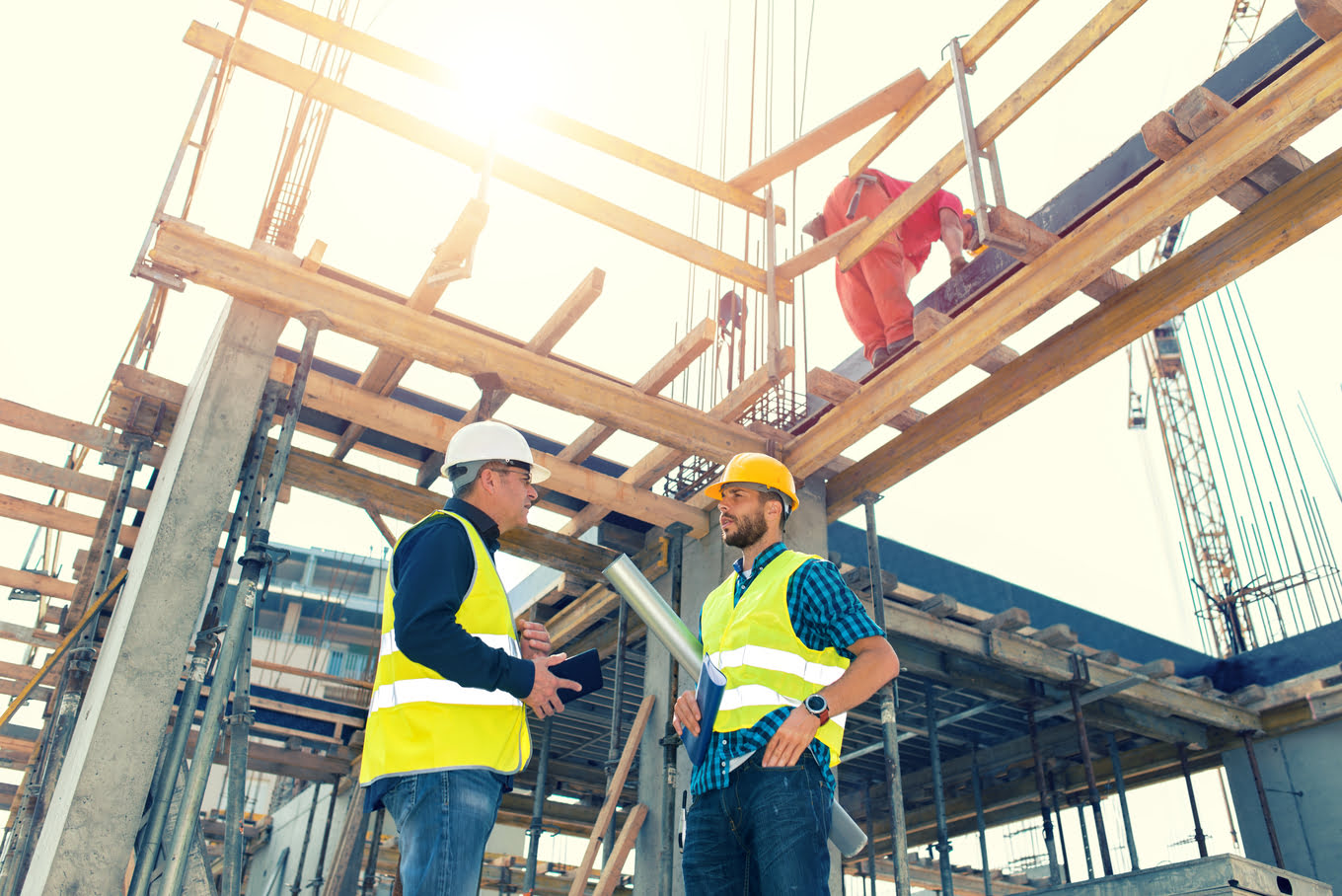

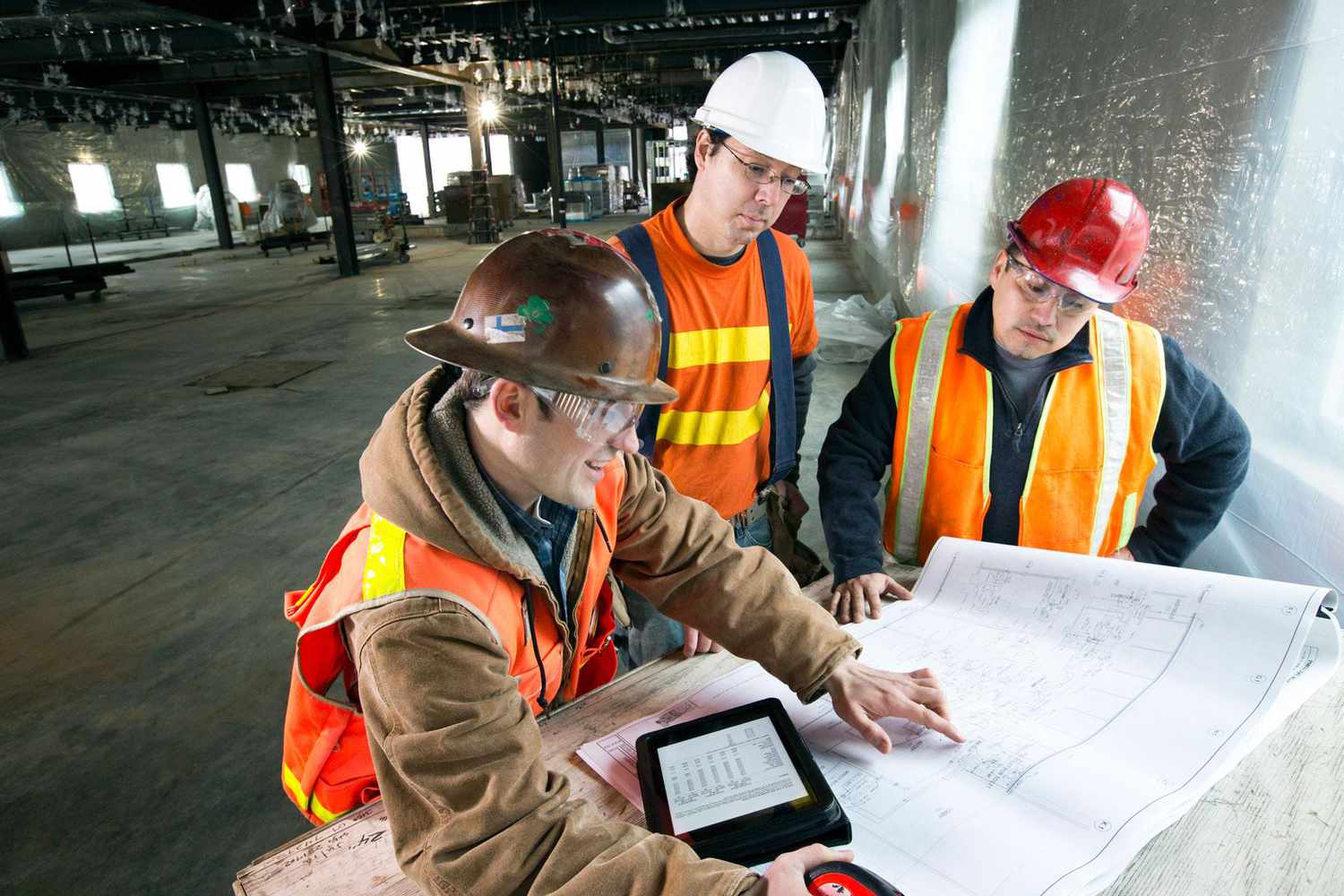



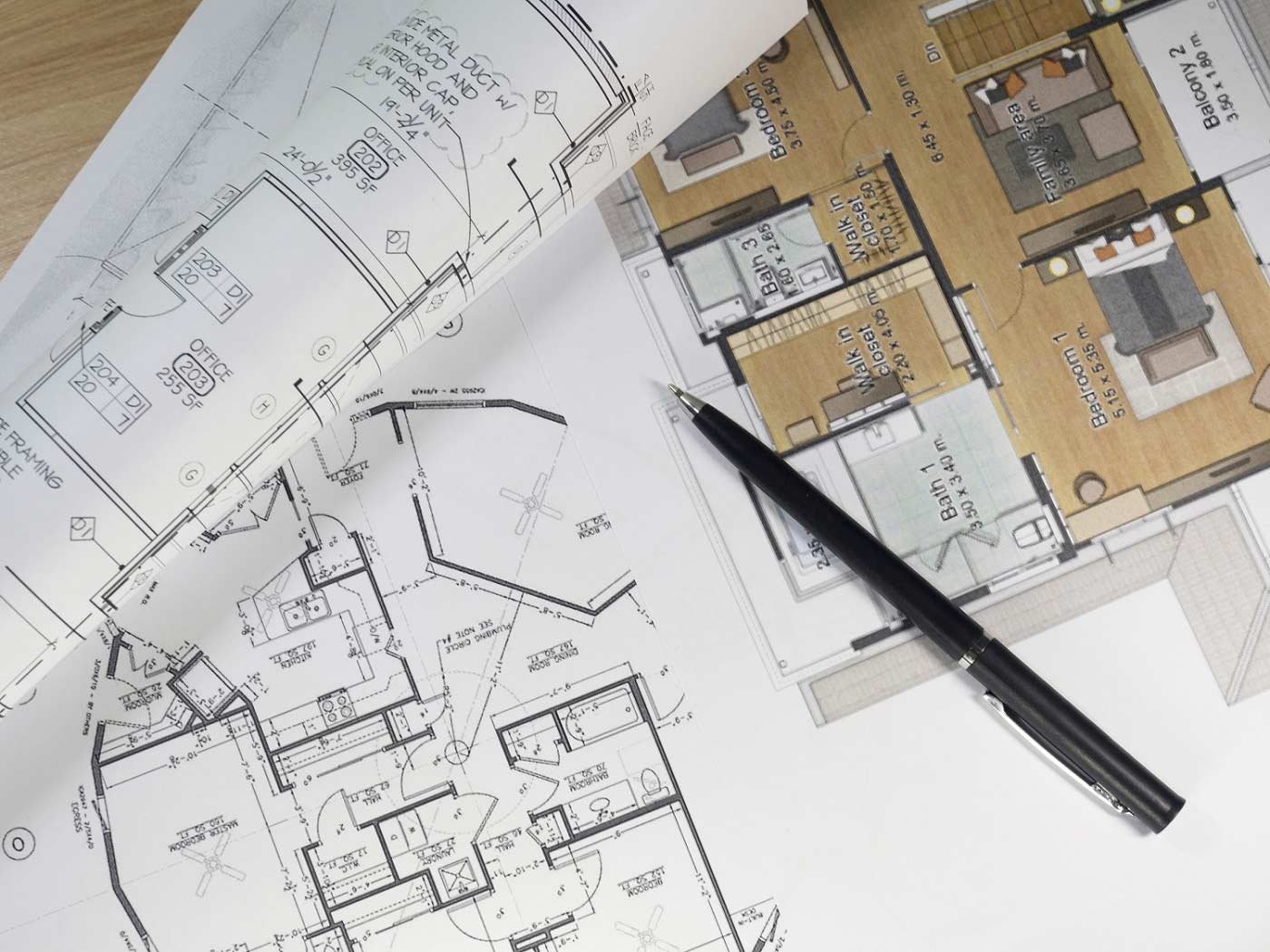
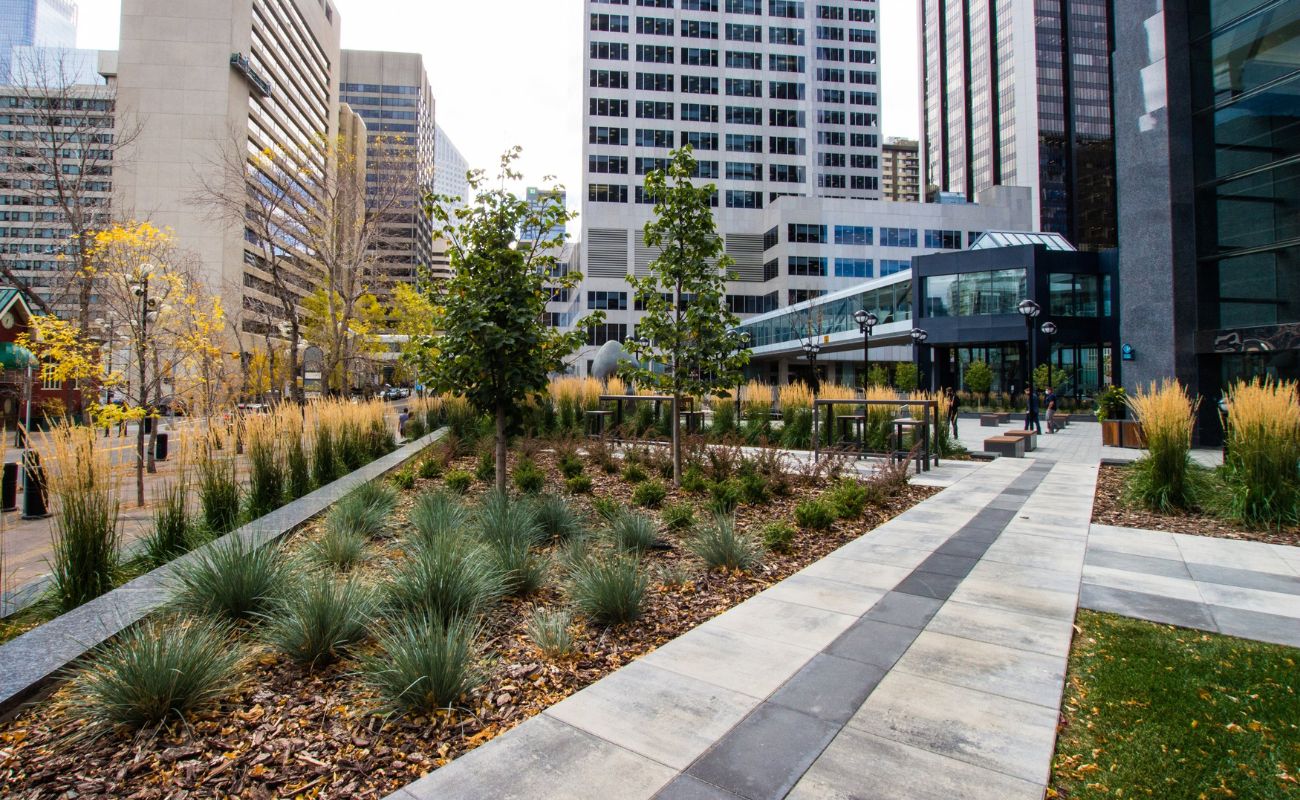
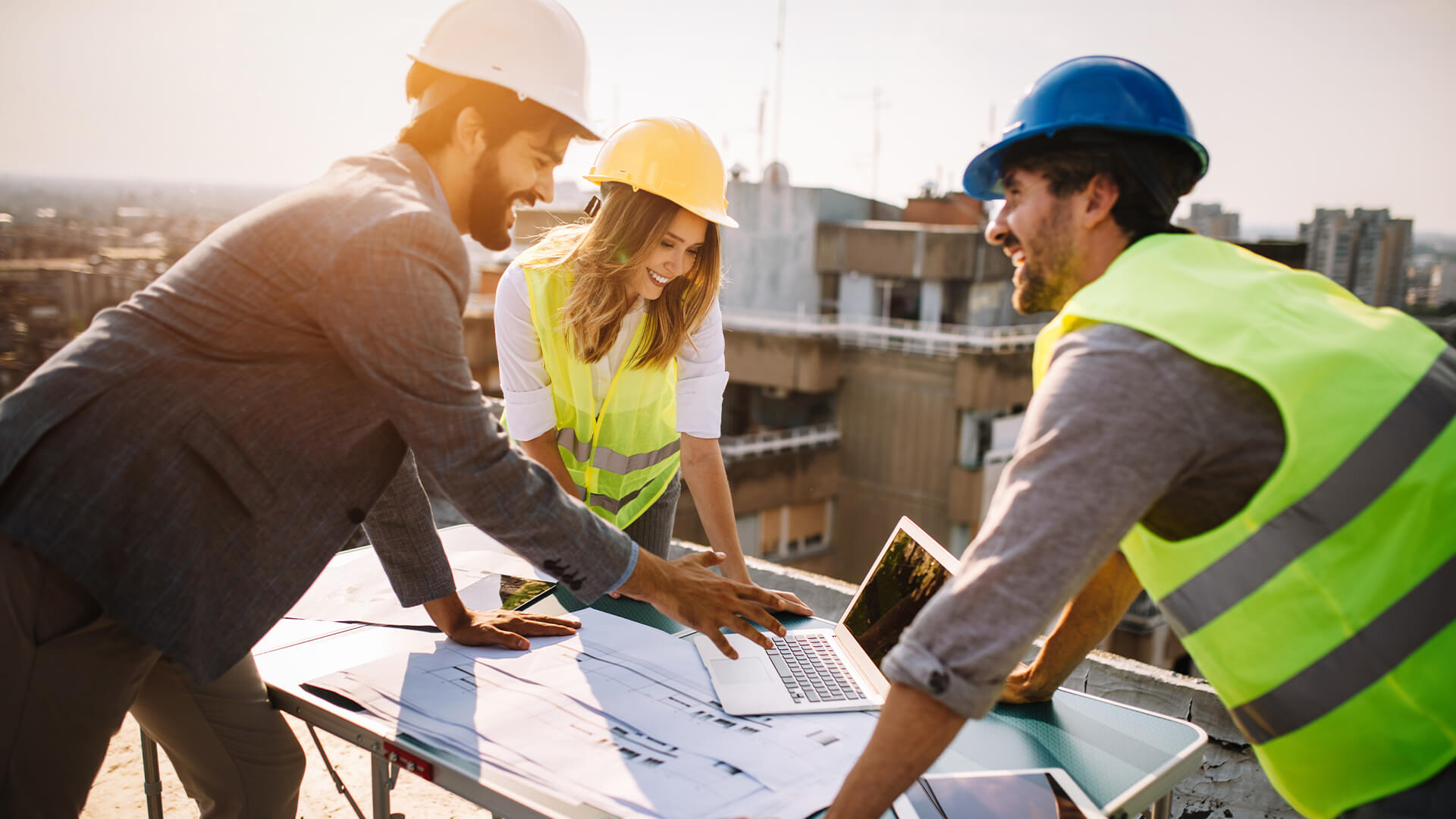
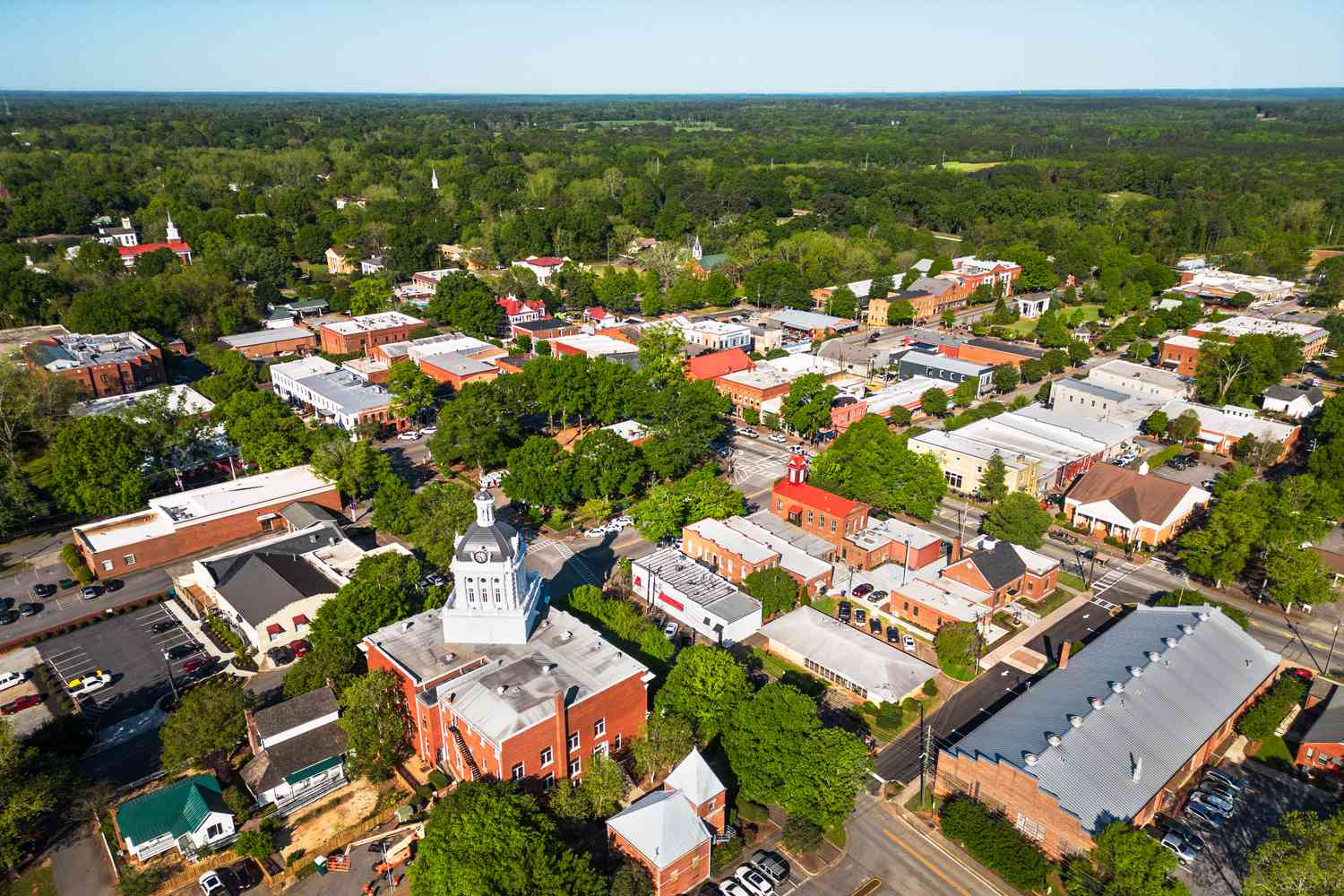




0 thoughts on “What Constitutes A Commercial Construction Project”